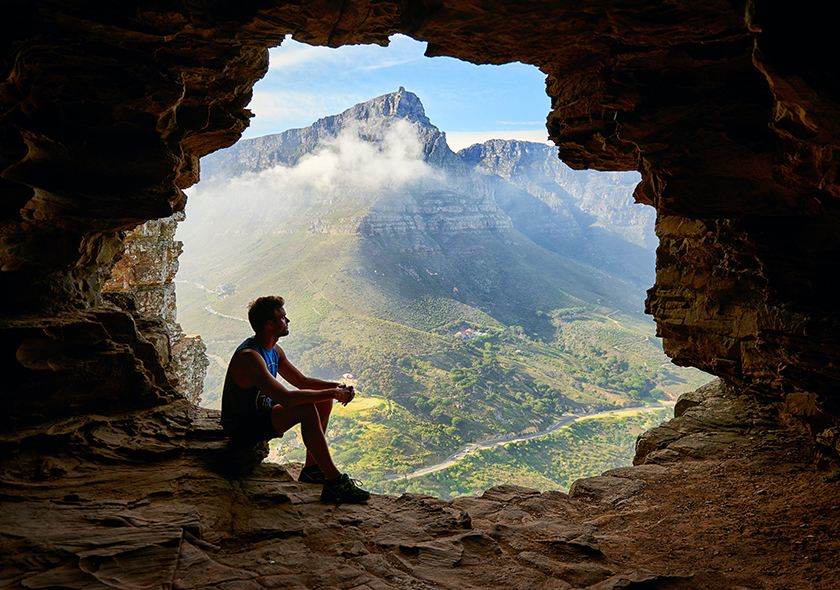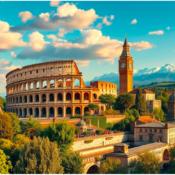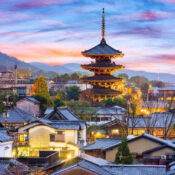14 Best Amazing Places To Explore in Norway
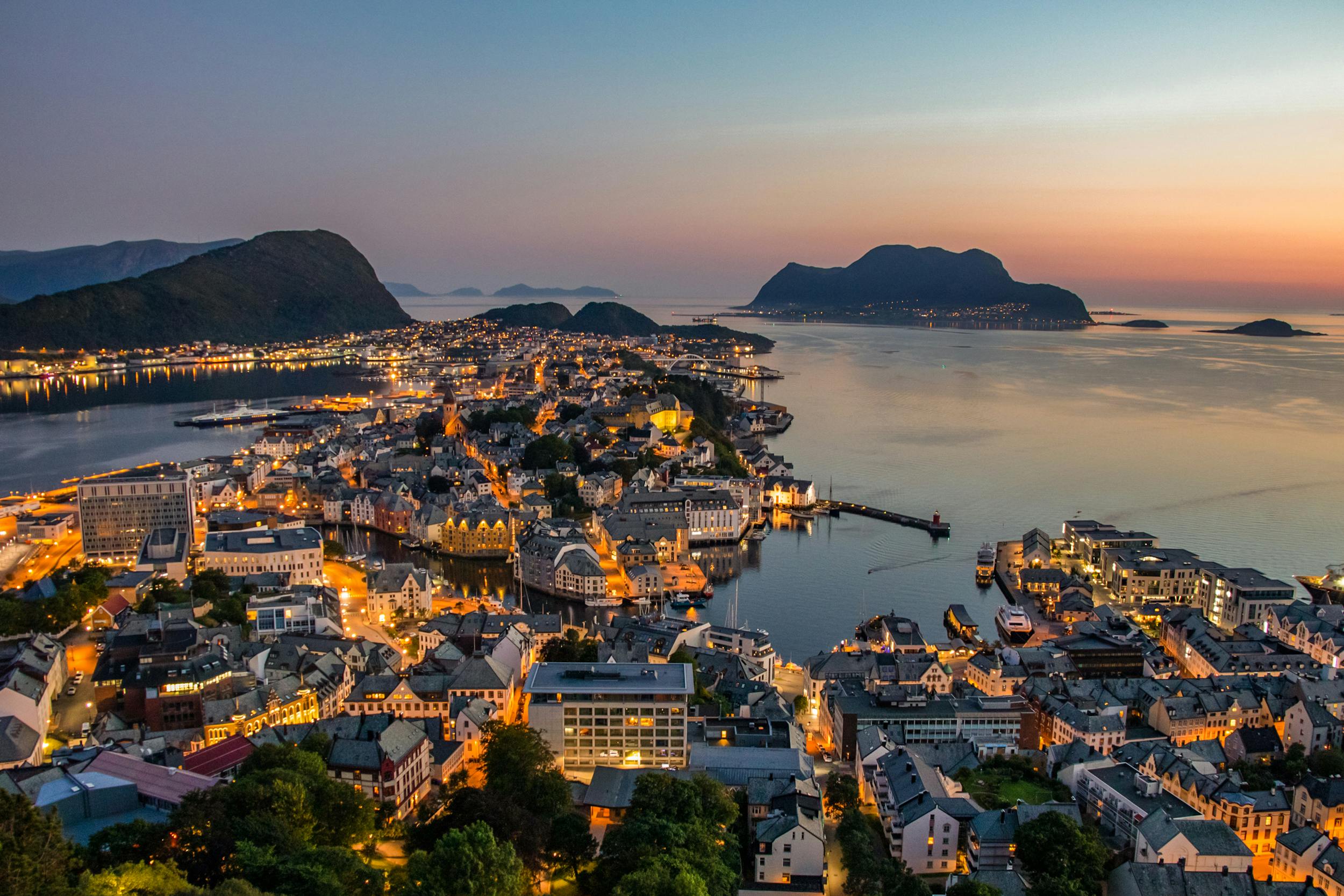
14 Best Amazing Places To Explore in Norway
Norway has an amazing array of natural and cultural attractions for tourists to discover. Travelers have an abundance of options in the land of the midnight sun and breathtaking northern lights, from the country’s sophisticated capital city of Oslo to its infinite snowcapped mountain peaks and deep fjords.
The nation is surprisingly easy to navigate despite its rocky coastline and abundance of mountains. In fact, whether you’re traveling by rail or on one of the wonderful coastal steamers, the nation’s excellent public transportation networks also provide some of the best sightseeing opportunities.
Norway, one of the richest countries in the world, appears to have a fascinating museum dedicated to almost every significant facet of its extensive cultural and social past. If you look about, you can find interesting attractions that span a wide range of topics, including art, entertainment, fishing, and seafaring, including the Vikings.
Norway is also full of breathtaking landscapes. Its breathtaking fjords, magnificent mountains, and glaciers—many of which are widely accessible to tourists—make it one of the greatest destinations in Europe for thrilling outdoor experiences.
Use this list of Norway’s best tourist destinations to plan your sightseeing trips.
Best Places to Visit Norway
Below are the best places:
1. Sonefjord:
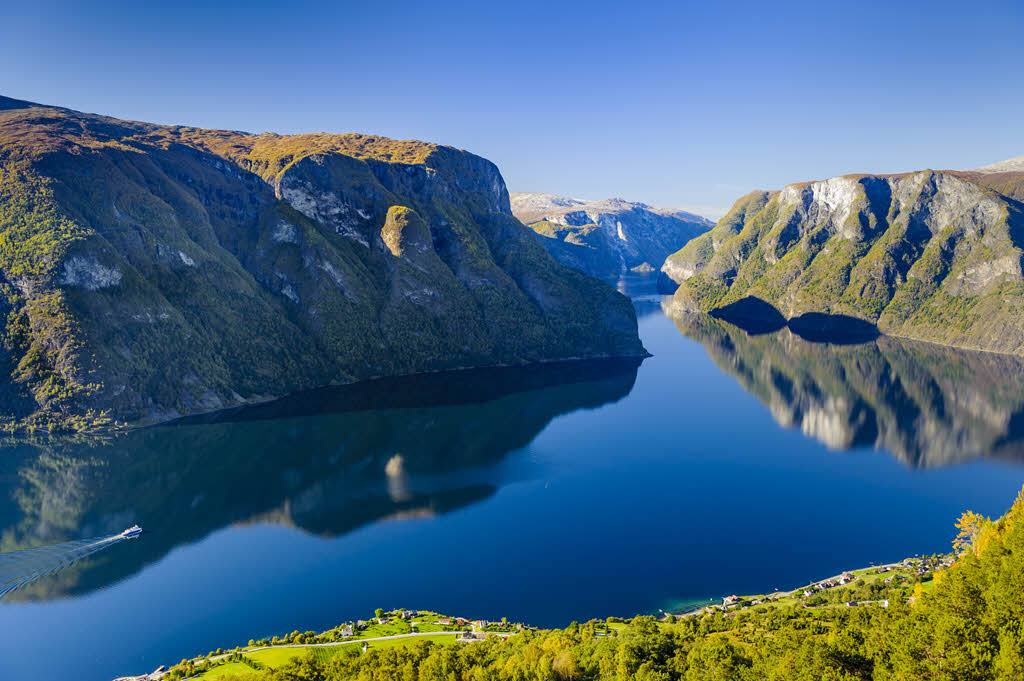
Sognefjord, the biggest of Norway’s more than 1,700 named fjords, extends 204 kilometers inland from Skjolden, a coastal village, and makes numerous branching fjords and inlets along its course. The Norwegians refer to the fjord as “the King of the Fjords,” because it is about five kilometers wide at its widest point and has breathtakingly high cliff cliffs that rise to a height of 1,307 meters.
By boat is the most common way to explore the fjord. This means that there are plenty of fjord cruises and sightseeing excursions available, with many of the top tour options leaving from the charming town of Bergen. However, wherever you decide to go, make sure you give yourself a whole day to enjoy your journey.
Visitors will also take pleasure in touring the more slender branches, such as Naeroyfjord. This 17-kilometer length of breathtakingly gorgeous cliff walls rises more than 1,700 meters above the lake, spaced about 250 meters between.
Fjaerland is yet another popular destination in the Sognefjord region. The Norwegian Glacier Museum (Norsk Bremuseum) and Europe’s largest glacier, Jostedalsbreen, are located in this breathtakingly magnificent area. Apart from its outstanding displays about the Jostedalsbreen glacier, the museum also emphasizes the effects of climate change in the area.
2. Pulpit Rock:
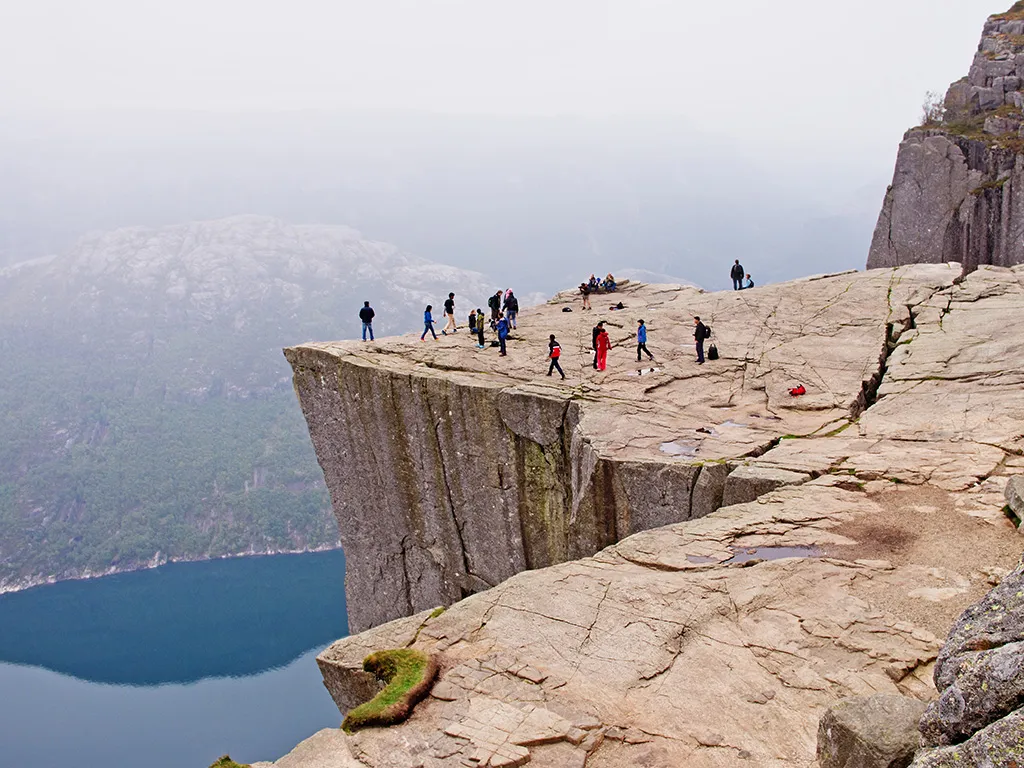
Pulpit Rock (Preikestolen), one of Norway’s most visited tourist destinations, best suited for the athletic visitor due to the strenuous route needed to get there. It’s among the locations in Norway that get the most photos.
The site, which close to Stavanger, reached by bus and ferry, then requires a two-hour climb uphill. You will rewarded with breathtaking views of Lysefjord once you arrive at the nearly flat-topped cliff, which located more than 600 meters above the water.
The surprisingly fascinating Norwegian Canning Museum is another place visitors to the Stavanger area should make time to visit. Set in a historic original WWII cannery, this entertaining museum depicts one of the nation’s most significant industries, sardine catching and preparation.
Another popular tourist destination in Stavanger is the Stavanger Cathedral. This 12th-century building has a baroque pulpit, a Gothic font, and a Romanesque basilica, among other styles.
3. Norway’s Artic City:
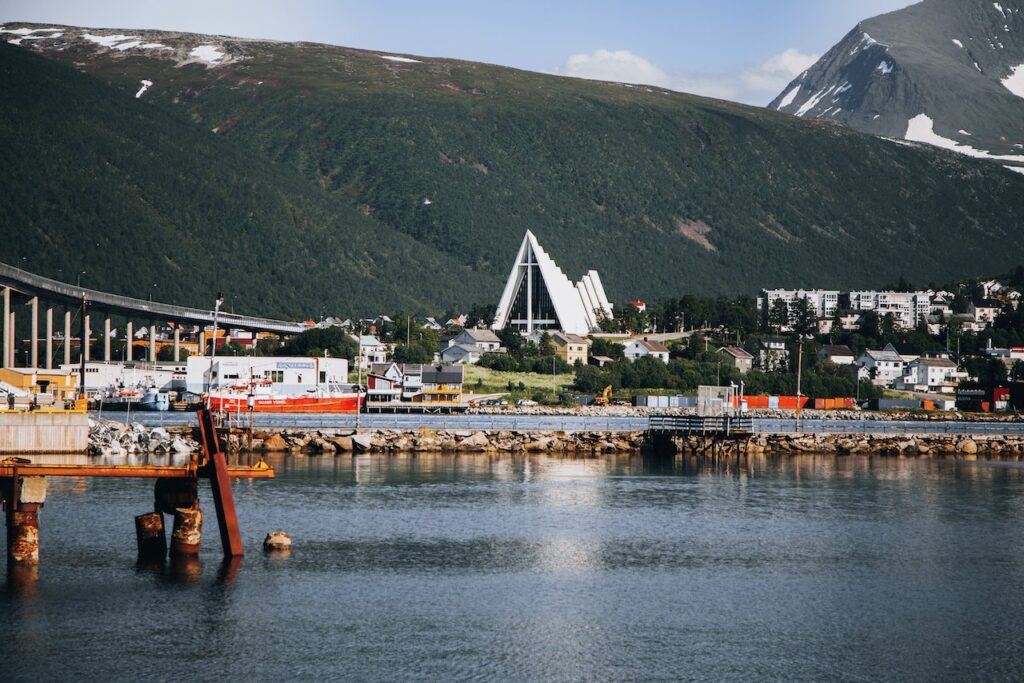
Tromsø, which is 349 kilometers north of the Arctic Circle, is most recognized for serving as the starting point for numerous significant Arctic expeditions since the middle of the 1800s. Since its inception as a fishing community in the 13th century, the Tromsø area has been an essential component of local life, adding to its maritime beauty.
Tromsø is one of the best places in the world to witness the magnificent northern lights, partly because of its northerly location. There are a number of tourist attractions that study and explain the phenomenon, such as the Polar Museum with its fascinating exhibits on Arctic exploration and Polaria, the world’s most northern aquarium.
With an abundance of blossoming plants, the Tromsø Arctic-Alpine Botanic Garden is an unexpected tourist draw for a place deep in the frigid north. Hardy rhododendrons and the enormous Tibetan blue poppy are among the highlights, along with a garden devoted to the area’s traditional medicinal herbs.
4. Lofoten Island, Norway:
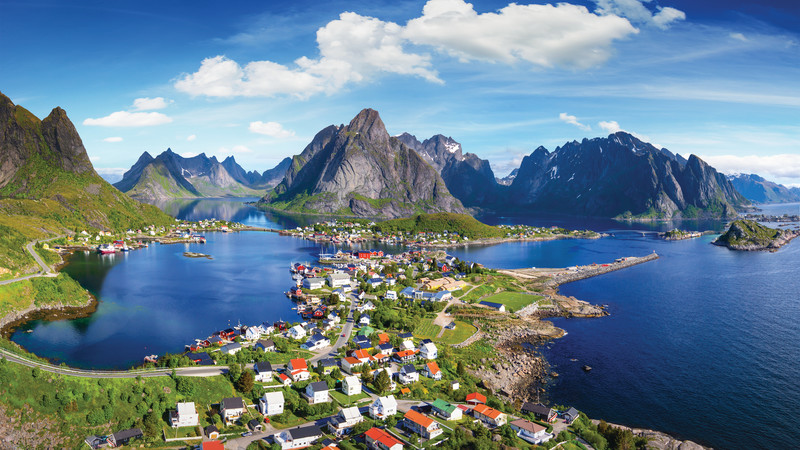
Admirably situated off the northwest coast of Norway, the Lofoten Islands are a well-liked tourist attraction for both international and Norwegian visitors. Despite being in the Arctic Circle, the weather is warm.
Visitors come here to walk, kayak, and enjoy the beaches and historic fishing communities. Many also travel here to witness the varied assortment of characters that make up the wildlife, which includes whales and everything from moose to eagles. Seeing the northern lights is another excellent reason to visit the islands.
The islands provide a plethora of additional sights and activities, particularly in Svolvaer. The largest town in the Lofoten Islands, Svolvaer, is readily reached by ferry from the mainland. It is situated on the southern coast of Austvågøy island. This is the location of the unique Magic Ice Lofoten, which features ice sculptures reflecting local life, and the Lofoten War Memorial Museum (Lofoten Krigsminnemuseum), which houses a collection of World War II items.
Austvågøy is also home to the Lofoten Museum, which documents the history of the island’s fishing sector. The Lofoten Aquarium (Lofotakvariet), which showcases Arctic marine life, is also a sight to behold.
Both the Norwegian Fishing Village Museum and the Lofoten Stockfish Museum are situated in the village of Å and offer visitors further information regarding the significance of fishing.
5. Bygdoy Peninsula:
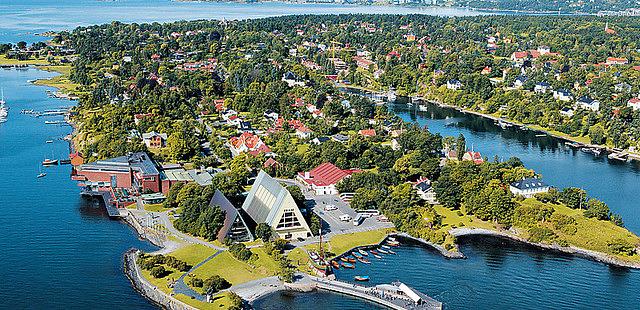
The Bygdoy Peninsula in Oslo is a suburb that is conveniently accessible by vehicle or public transit, situated about four miles west of the city. It is well-known for its abundance of natural areas, which include parks, beaches, and forests, and is home to several of Oslo’s most popular tourist destinations.
The Center for Studies of Holocaust and Religious Minorities in Norway is housed in Villa Grande on the Bygdoy Peninsula, one of its many museums. The Fram Museum, another excellent museum, is home to the ships Gjøa, which is renowned for being the first ship to cross the Northwest Passage, and Fram, which is well-known for its Polar expeditions. Adjacent to the Kon-Tiki Museum is a popular attraction.
The Norwegian Maritime Museum (Norsk Maritimt Museum) is also located in this neighborhood. The museum, which examines the significance of fishing and other nautical activities in Norwegian culture, is one of the best destinations in Oslo for ship and history enthusiasts.
6. Bryggen Hanseatic Wharf:
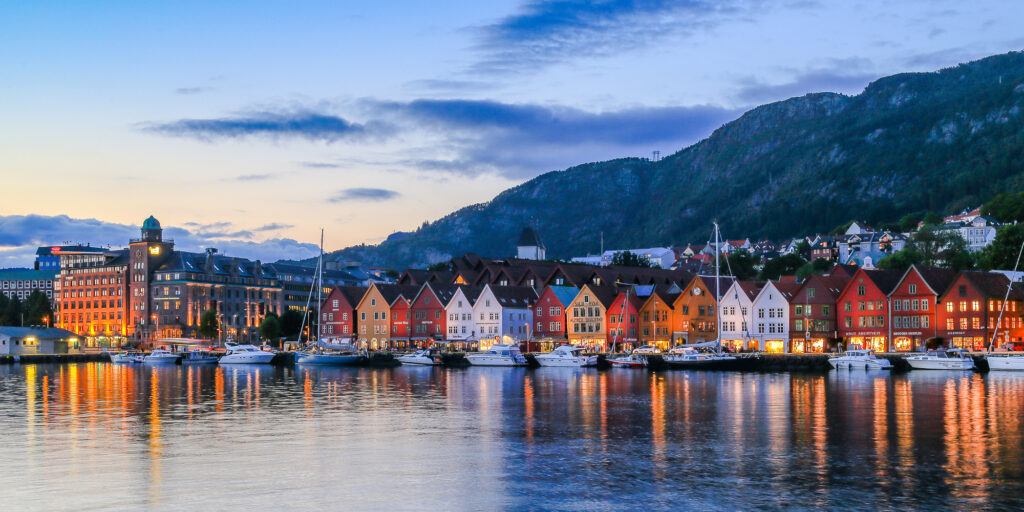
A well-liked spot for sightseeing in Bergen is the Bryggen Hanseatic Wharf. Once the hub of trade for the city, this brightly painted district was home to Hanseatic merchants. Today, visitors can discover the Bryggen Museum, shops, dining options, and a number of historic structures that depict medieval life.
Visit the Hanseatic Museum, which has been open since 1872, to learn even more. One of the merchants’ residences from 1704, Finnegård, is now home to this intriguing museum. While in Bergen, guests should also check out the Open Air Market and Troldhaugen, the former residence and studio of musician Edvard Grieg.
7. Tromso Museum,Norway:
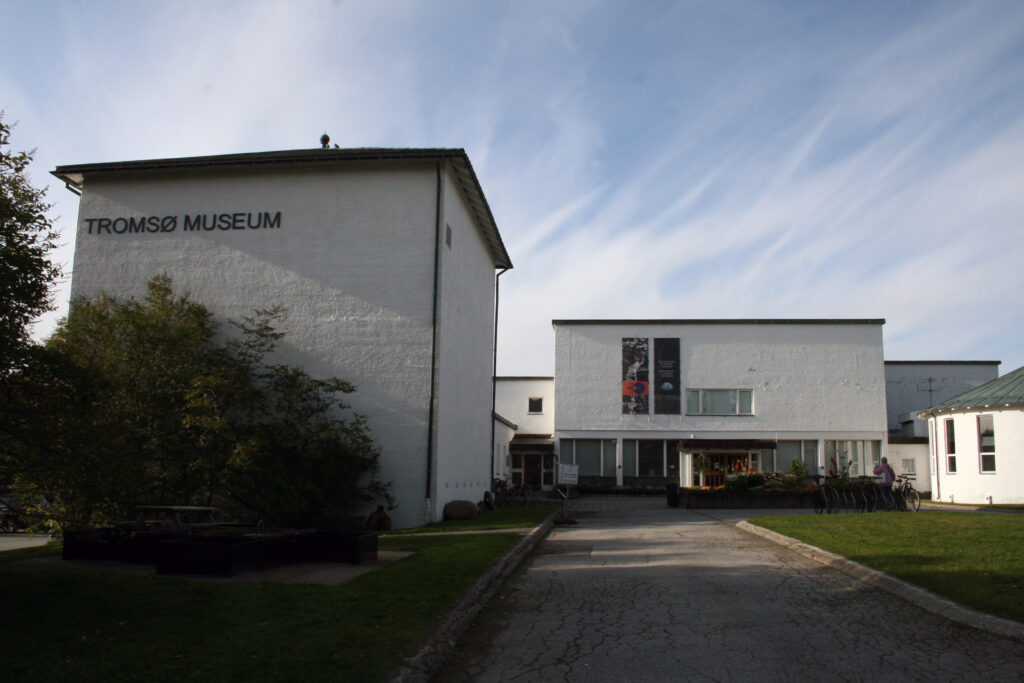
There are many excellent museums in Tromsø, two of which focus on the study of northern life. The newest of these, Polaria, has displays on the northern lights, the effects of climate change on Arctic ecosystems, and species from the Arctic, including an aquarium.
The Polar Museum emphasizes the region’s lengthy history as a fishing village as well as its more recent development as a major hub for polar research. The results of more recent research and trips that explore the realm of the icy, black Arctic deep water are on display.
8. Vigeland Park:
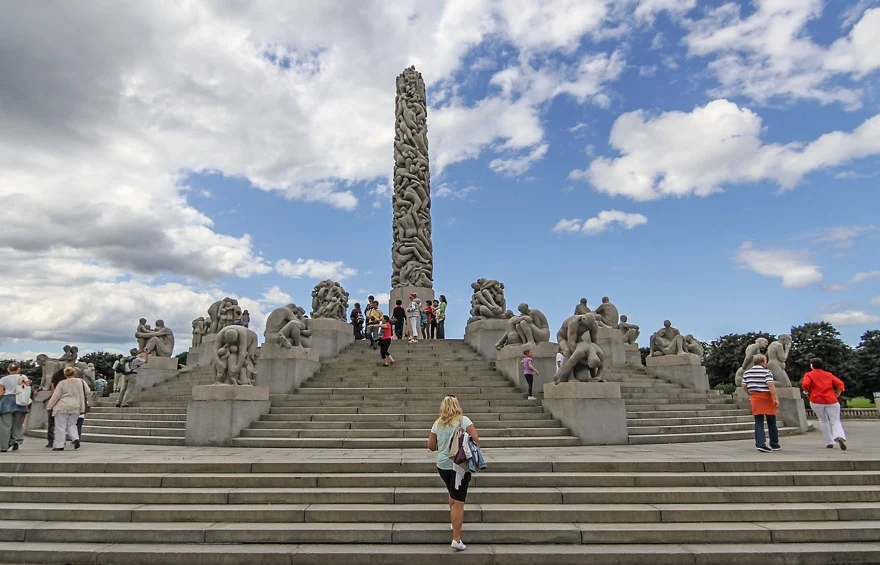
One of the most popular tourist destinations in Oslo is the Vigeland Sculpture Park, which is home to 650 works by Gustav Vigeland. These sculptures are organized into five themed groups and made of wrought iron, bronze, and granite.
The most well-known of them are found in the fountain group, which culminates in a 16-meter monolith that represents the cycle of human existence. The collection is located in the expansive Frogner Park, which is also home to the Oslo City Museum and the Vigeland Museum. Numerous leisure amenities also situated here, such as the largest playground in Norway and a sizable rose garden.
9. Akershus Fortress,Norway:
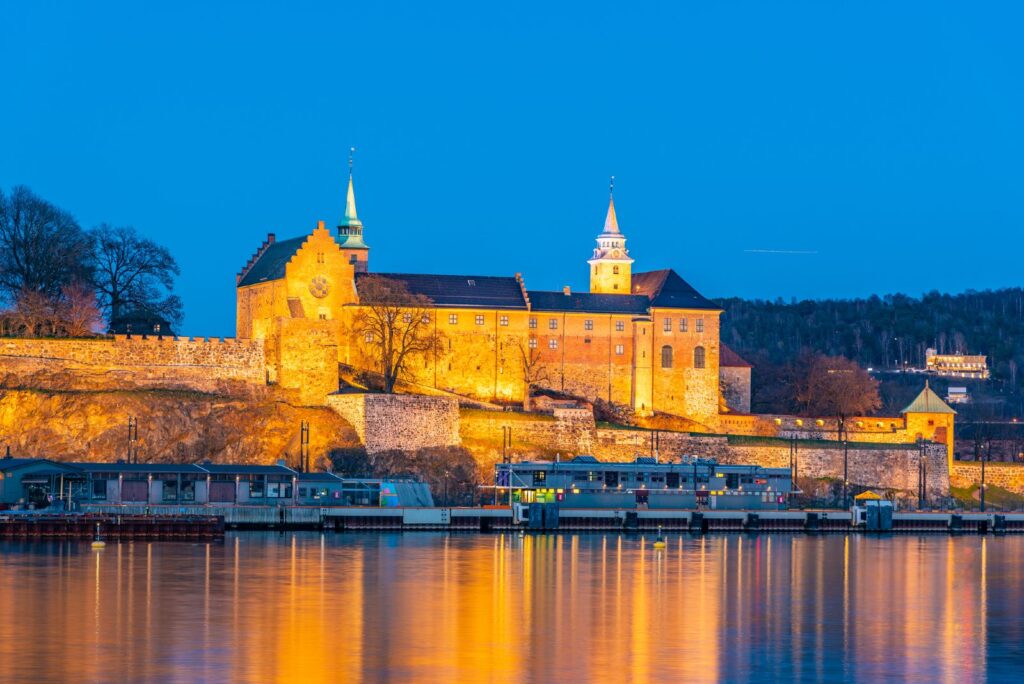
King Håkon V ordered the construction of the medieval fortress known as Akershus Festning in 1299. Later, in the early 17th century, King Christian IV converted it into a Renaissance royal home.
The grounds offer breathtaking views of the harbor, while the building itself perched on a cliff overlooking the Oslofjord. In addition to the Museum of the Norwegian Resistance (Norges Hjemmefrontmuseum) on the castle grounds. Guided excursions offered during the summer.
A must-see for history aficionados the Norwegian Armed Forces Museum (Forsvarsmuseet). This outstanding museum features artifacts and weaponry that depict Norway’s military past. In addition, the grounds of the fortress offer a beautiful setting for performances, concerts, and public celebrations.
10. Lillehammer,Norway:
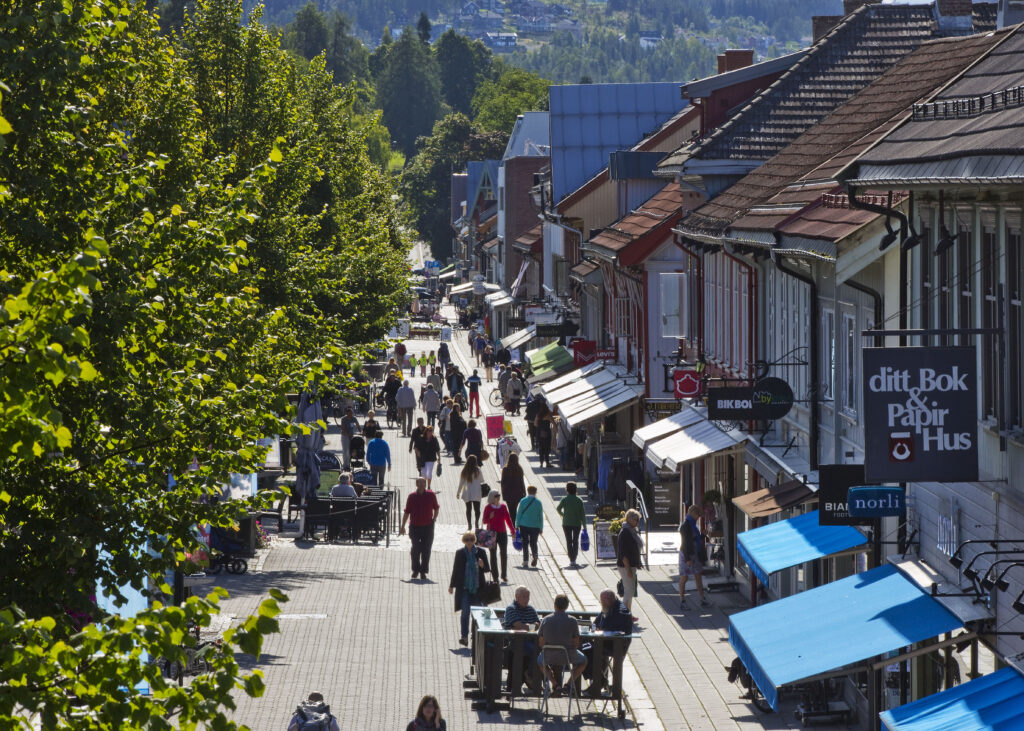
Situated at the southern tip of the Gudbrandsdal valley, overlooking Lake Mjøsa. Lillehammer is a highly popular year-round travel destination in Norway. Summertime brings endless summertime attractions, like Maihaugen, an outdoor museum made up of over 100 ancient structures. Including a stave church, workshops, and farmhouses from the eighteenth century.
Peer Gynt’s Cottage is another famous location. Standing from the early eighteenth century, it supposed to have been the residence of the model for Ibsen’s well-known hero.
But Lillehammer really comes alive in the winter months. With over 480 kilometers of Nordic ski paths, alpine ski areas, skating, curling, sleigh rides. And hosting the 1994 Winter Olympics, the city offers a limitless array of winter sports.
11. Geirangerfjord:
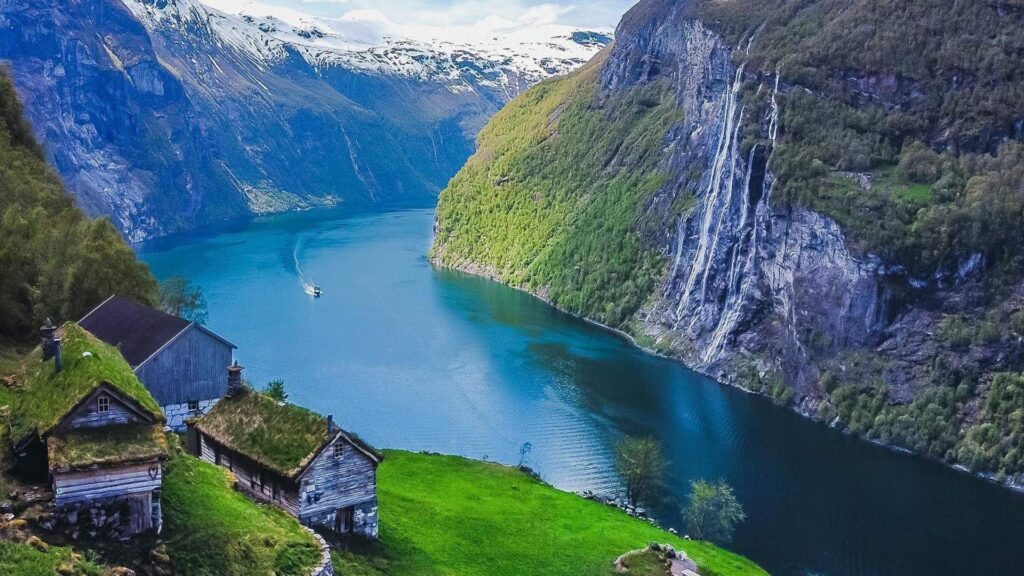
North of Ålesund, the Geirangerfjord region boasts some of the best beauty in all of Norway. It is a part of the amazing Fjord Norway network. And consistently ranks among the top UNESCO World Heritage Sites in the country.
The Geirangerfjord, which is the Sunnylvsfjord’s eastward extension, offers some of the most breathtaking views in the nation. The view from Dalsnibba’s top is among the best.
The views of the Geirangerfjord far down and the surrounding mountains are just stunning from 1,495 meters. There are lots of cruises and tours available, but if you choose to drive. Don’t miss the 11 hairpin bends on the winding Eagles’ Road, which offers breathtaking vistas.
12. Scenic Rail Routes:
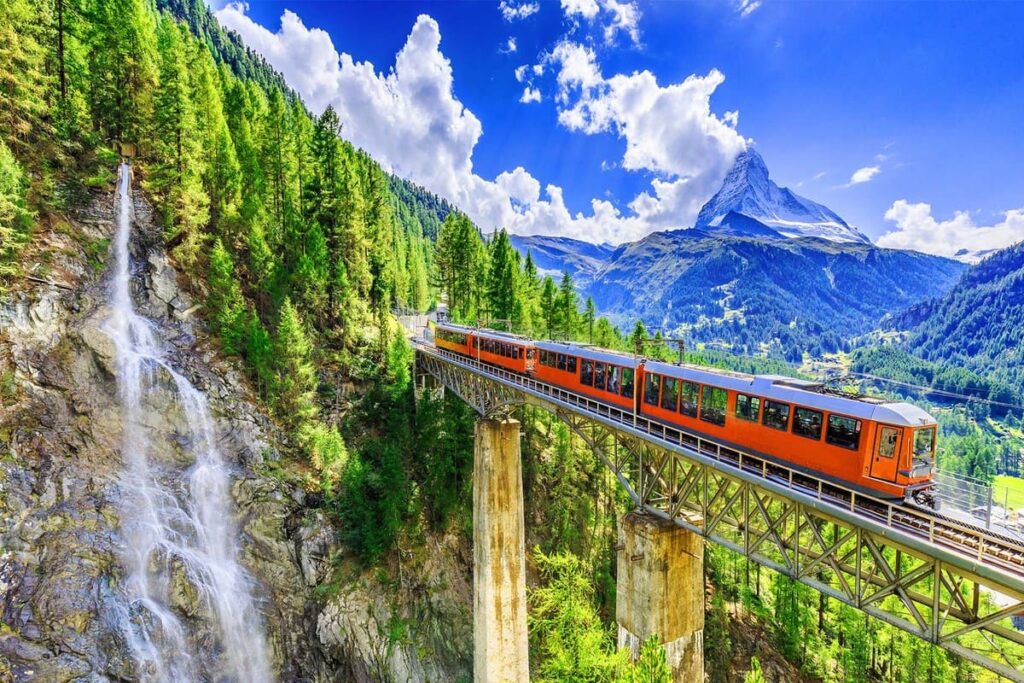
Train travel is the best way to experience Norway’s breathtaking countryside. Surprisingly for a country with so many mountains. Norway has more than 3,218 kilometers of rail lines that cross over 3,000 bridges and 775 tunnels.
The greatest scenic routes, such as the Bergen Railway that crosses the Hardangervidda mountain plateau, start in Oslo. Some noteworthy lines are the legendary Flåm Railway, which the steepest in the world, the Rauma Railway between Dombås and Åndalsnes. And the Dovre Railway, which runs from Oslo to Trondheim and has a sideline.
Other intriguing activities available on Norway’s rail network include gourmet train trips, vintage steam trains. and pedal-powered rail tricycles, or “draisines,” which can used on abandoned rail lines.
13. Atlantic Ocean Road:
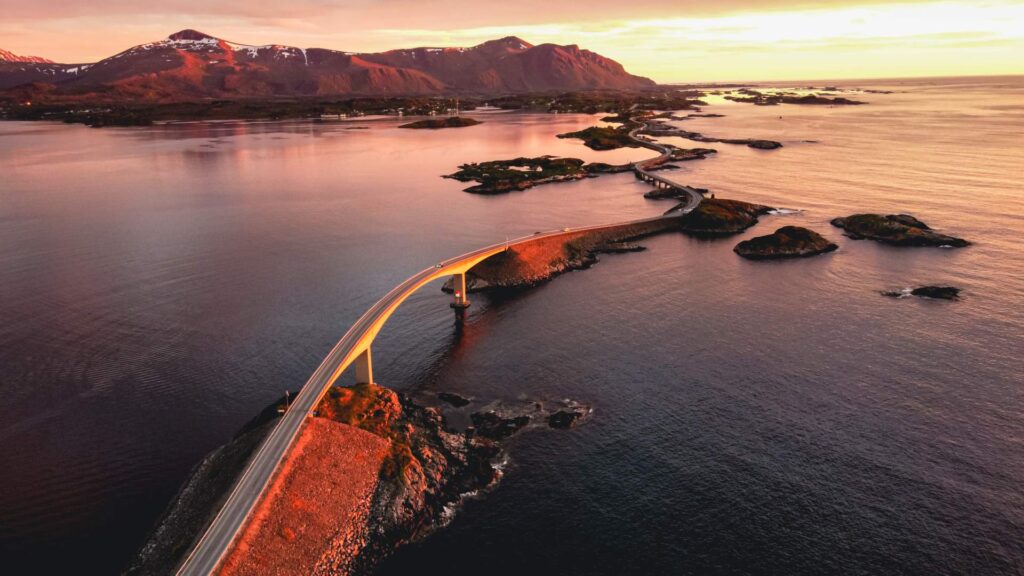
One of Norway’s eighteen national tourist routes is the Atlantic Ocean Road, or Atlanticerhavsvegen. It serves as a key link for the network of small islands. But it also draws fishermen, scuba divers, and tourists who want to be as close to the ocean as possible.
It’s a little over eight kilometers long, yet widely regarded as one of the world’s most breathtaking coastal highways. winding through the More og Rømsdal archipelago in Eide and Averøy. Apart from the consistently breathtaking vistas, regardless of the weather. You will also get to see charming small fishing villages, charming wooden churches, and the well-known Trolls’ Church Cave.
Additionally, a number of locations designed with tourists in mind have emerged, such as eateries and resorts. Many companies that offer fishing excursions have also established themselves in this area.
14. Jotunheimen,Norway:
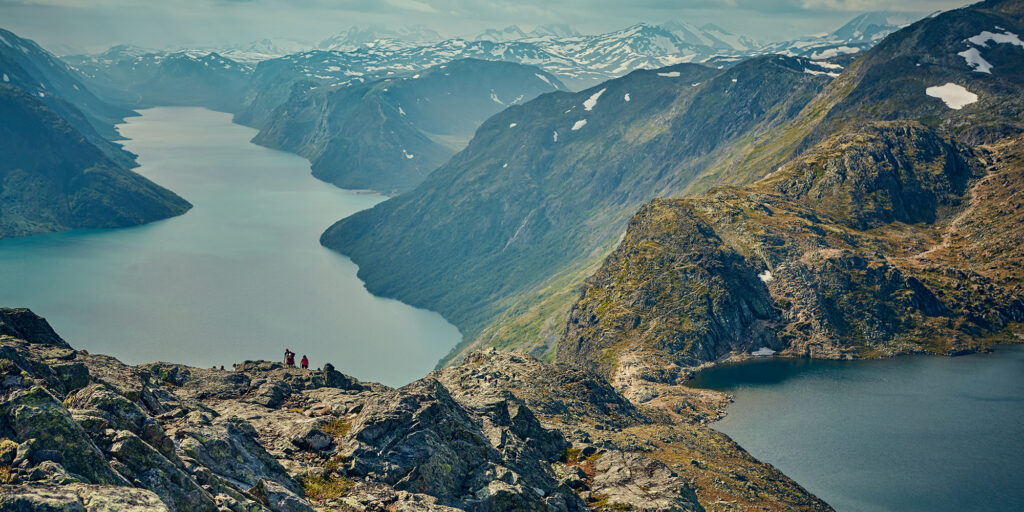
The Jotunheimen, the greatest Alpine region on the Norwegian high plateau. Home to the highest mountains in Scandinavia and spans 3,499 square kilometers. Numerous breathtaking waterfalls, rivers, lakes, glaciers, and wildlife, including sizable populations of reindeer, can also found there.
There are two mountains in this national park that reach heights of over 2,438 meters, with Galdhøpiggen being the highest. Galdhøpiggen is a very manageable height to climb, taking roughly four hours total. The breathtaking views from the peak across ice fields and rugged crags make the guiding fee worthwhile, even though it is mandatory.
A further four-hour ascent leads to the 1,349-meter-high Skagastølsbotn and the Skagastølsbre glacier in the Hurrungane group.
Click here, to know more.
For more information, visit our website Travel India Info or send your queries to info@travelindiainfo.com. We will be happy to assist you. Happy Travelling!!
Recent Posts
Europe Travel Guide: Best Places to Visit & Explore
15 Best Amazing Places to Explore in Scotland
9 Best Amazing Day Trip To Explore from Kyoto
